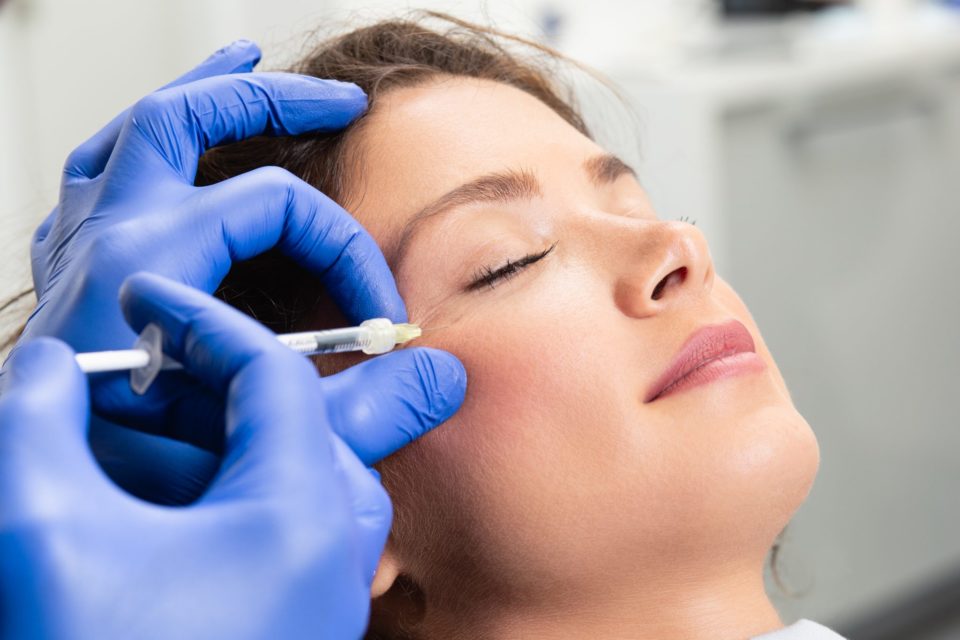Microneedling is a minimally invasive procedure using multiple tiny sterile needles that are pushed in and out of the skin for the purpose of creating punctures. The purpose of the treatment is to generate new collagen and skin tissue that will be smoother, firmer and more toned. Skin specialists usually suggest microneedling to patients suffering from various scars, wrinkles and large pores.
Different types of microneedling treatments
- Original microneedling – is the use of tiny sterile needles to produce punctures on the skin that will be repaired by the body by producing new collagen. After the treatment, the patient must not wipe the blood left on the face for at least an hour because blood has many useful growth factors and anti-ageing boosters. The channels that have been opened by the tiny needles are only open temporarily and would absorb the blood effectively.
- Microneedling plus PRP – is also called vampire treatment that combines microneedling with platelet-rich plasma (PRP). During the treatment, blood is drawn and then centrifuged to retrieve plasma-rich factors which are incorporated into the microneedling treatment. PRP injection is a good option for people who desire a similar effect to fillers with deeper collagen production. A patient can experience some bruising that requires downtime.
- Microneedling plus radio frequency – Fractora is a non-invasive rejuvenating and resurfacing device that makes use of fractional radio frequency microneedles to deliver a burst of RF energy down the tiny pins to the skin. The addition of radio frequency makes it different from the traditional microneedling treatment for collagen production. Fractora’s main application is to tighten the skin and correct the uneven texture through the increase in collagen production; however, it can also treat acne scarring and active acne.
Microneedling is often used on the face to treat acne scars, age spots, fine lines and wrinkles, large pores and uneven skin tone. Lately it was discovered that microneedling can also be used to treat scarring on body parts and stretch marks in other areas of the body.
What to expect after microneedling?
Since microneedling is a minimally invasive procedure, you can expect minimal to no downtime at all. A patient may experience skin irritation and redness within the first few days after the procedure; however, it is a normal response to the small injuries that were made by the needles on the skin. Since the skin will be more sensitive to the sun, it would be wise to wear sunscreen when going outdoors. Results can be expected during the next two weeks because the skin can work pretty quickly in rejuvenating new tissue. Meanwhile, multiple sessions and some complementing treatments may be required to maintain the good results. The skin specialist will be the best source of advice on the best plan of action to achieve individual goals.
Collagen production decreases every year but through a professional dermatologist, you can maintain a healthy skin free from fine lines, wrinkles and dark spots. The skin specialist will suggest the best treatment options that are appropriate for your type of skin and your concerns.

